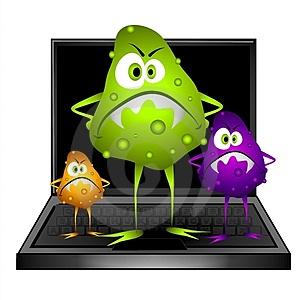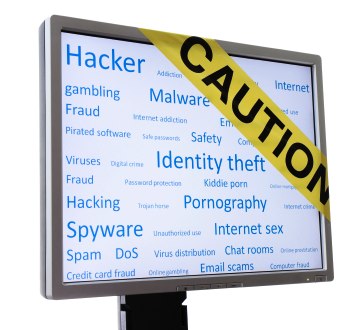The easiest way to catch and spread a computer virus these days is via e-mail, so use skeptical computing practices to avoid catching a virus, a worm or a spy:
· Don’t open unknown attachments.
· Don’t click on unknown links.
· If it sounds too good to be true, it is.
· If it's a chain letter, don't be the next link.
· Don’t install unknown software.
· Only give out professional e-mail to trusted sources, treat it like a credit card number. For everybody else create another e-mail address (mail.yahoo.com or mail.google.com).
· Backup! At least monthly, backup all the important files from your computer to a memory stick.
Types of Malware
· viruses, cause harm to files on your harddrive
· worms, a virus that propagates itself across many computers
· spyware, collects and sends information about a user's web browsing
· phishing, e-mail disguised as an official e-mail from a trustworthy entity, often directing users to enter details, like account information at a website
Signs your system may already be infected:
· Your anti-virus or spyware/adware scan tells you so. Follow the instructions in the program to repair or delete damages files.
· You are having difficulty surfing the web. Very slow and/or lots of pop-up ads.
· Your system is generally running slower.
· You can’t get updated virus definition files and/or run anti-virus scan.
Protect your computer
· Run an Anti-Virus program. A trial version of anti-virus comes with most new computers, but you will need to subscribe to service to keep virus definitions up to date.
· Run Spyware/Adware program.
· Windows Defender
· SpyBot Search & Destroy (www.safer-networking.org

